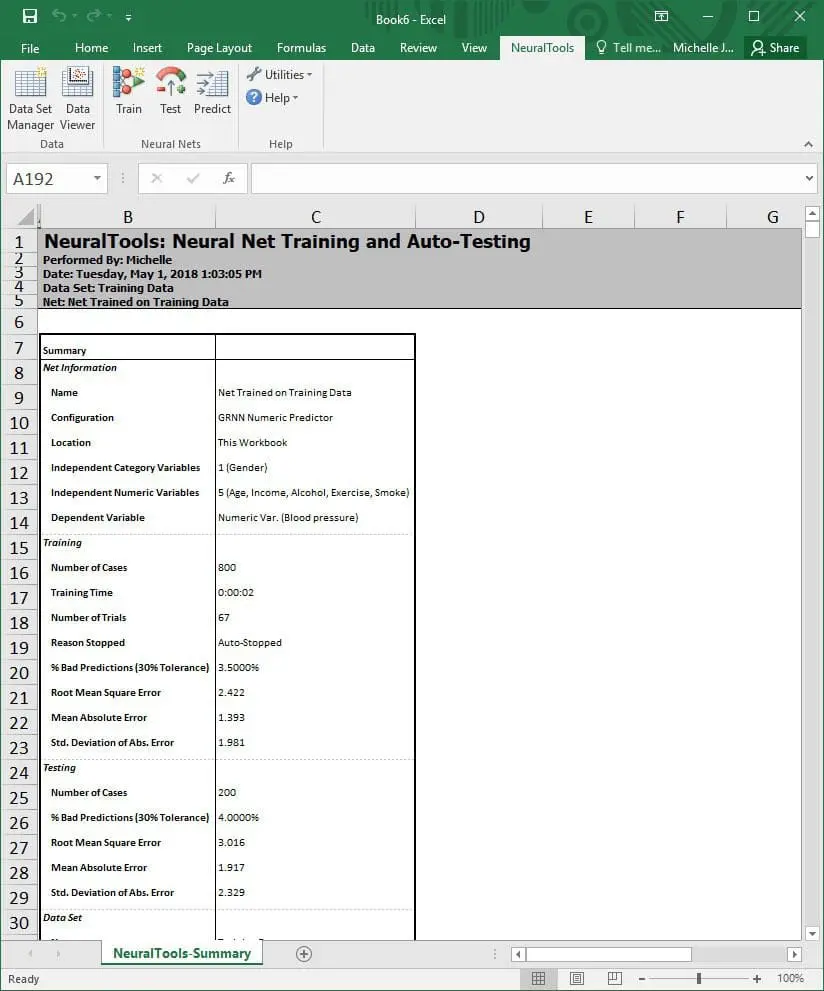

Mitigate Risks



Lumivero’s NeuralTools software makes powerful, robust neural networks available to any Excel user. Typically, neural networks are found in large, proprietary enterprise applications, but NeuralTools brings this technique to where most users work, minimizing learning curves and maximizing access. NeuralTools may also be used in conjunction with Lumivero’s Evolver and RISKOptimizer products, which add optimization and Monte Carlo simulation techniques to your models. This enables you to optimize allocation of resources in order to produce the most desirable predicted result, even under uncertain conditions.